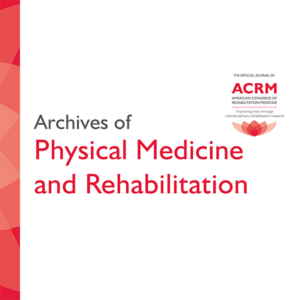Objective
- Evaluate the diagnostic efficiency of the KDT in youth.
- Address the absence of HCPs by training parent Safety Officers (SO) in a multi-component, Concussion Check Protocol (CCP) that includes the KDT.
Hypotheses
- KDT will show good sensitivity and specificity for concussion in a youth.
- In the absence of a healthcare provider (HCP), lay person sideline decisions improve if SOs are trained in a CCP that includes objective measures.
Design
68 sideline evaluations (32 suspected injury; 12 controls; 24 unknown) were conducted. 23 evaluations were conducted by a HCP; 47 by SOs (2 SO + HCP). 63 evaluations included the KDT. HCP diagnosis of concussion was used as the criterion standard.
Setting:
Community.
Participants (or Animals, Specimens, Cadavers):
Youth contact sport athletes aged 5-14 (1 female).
Interventions:
SOs were provided training in the CCP (screening for red flags, observable signs of concussion, symptoms, memory questions, KDT).
Main Outcome Measure(s):
Diagnostic efficiency of KDT. Remove from play decisions by SOs.
Results:
23 athletes were removed fromplay. 14 concussionswere diagnosed. 4 additional athletes presented a red flag or other clear indication for removal from play. KDT sensitivity for concussion diagnosis Z 0.80; specificity Z 0.84. SOs appropriately identified 9/10 athletes who should be removed from play (sensitivityZ0.9; specificityZ0.86). In the one missed concussion by a SO, the SO failed to follow the CCP and did not administer the KDT.
Conclusions:
KDT demonstrates good sensitivity and specificity for concussion in youth. In the absence of a HCP, identification of athletes who should be removed fromplay is improved by training SOs in aCCP that includes theKDT.
Author Disclosure(s):
JW is a salaried employee of Mayo Clinic, which has a financial interest in the King-Devick Test.

